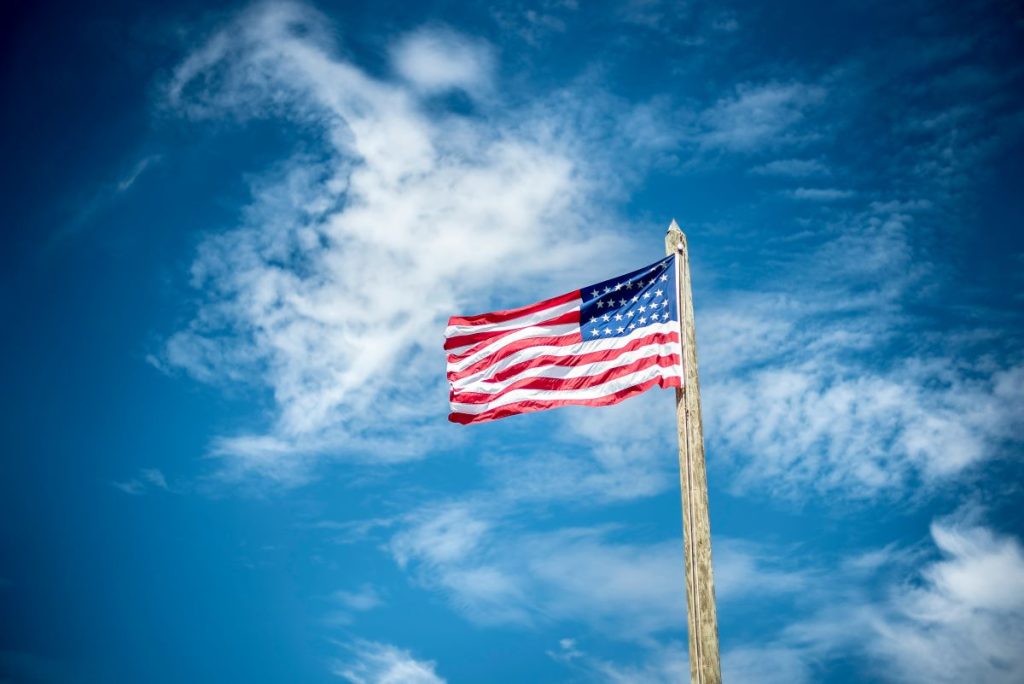Pharmaceuticals, produce, and automotive manufacturing face unique challenges as tariff pressures reshape global supply chains.
The prospect of new tariffs, particularly those threatened by former President Trump, has dominated headlines and sparked heated debate. While the political and economic implications of these proposals are widely discussed, their specific impact on industries like pharmaceuticals, fresh produce, and automotive manufacturing reveals deeper, more complex challenges.
From dependency on key materials to the constraints of geography and the intricacies of global networks, the ways these sectors are navigating tariff-related pressures offer valuable insights into the evolving nature of global trade.
Pharmaceuticals: Between Dependency and Diversification
Few industries highlight the complexity of global trade like pharmaceuticals. With China dominating the supply of active pharmaceutical ingredients (APIs) and India relying heavily on Chinese starting materials, the sector’s dependence on a few key sources leaves it particularly vulnerable to tariff shifts.
Generic pharmaceutical companies are already feeling the pinch, as specialized inputs are difficult to source elsewhere. Tariffs exacerbate this dependency, forcing companies to grapple with higher production costs while maintaining the affordability of life-saving medications.
Despite these pressures, some companies are exploring automation and advanced manufacturing technologies to reduce dependency on volatile supply chains. However, the industry’s structural reliance on global networks means that any shift toward resilience will be gradual, requiring significant investment and innovation.
Fresh Produce: The Limits of Nature
Unlike manufactured goods, fresh produce is constrained by the natural world. Tariffs targeting agricultural imports place strain on industries that rely on specific climates and growing conditions. Crops like avocados and mangoes, grown in limited regions, are particularly vulnerable. The cost of meeting tariff-related price increases is compounded by the need to adhere to customer expectations for quality and consistency.
Efforts to mitigate these challenges include shortening transport routes and investing in regional hubs closer to key markets. While these strategies can reduce lead times and costs, they cannot entirely sidestep the geographic and climatic realities that shape the industry.
The fresh produce sector illustrates a larger truth about tariffs: not all industries have equal room to maneuver. Where manufacturing can turn to automation or alternative sourcing, agriculture must work within the constraints of what—and where—the earth can grow.
Automotive Manufacturing: A Balancing Act
For the automotive industry, tariffs pose a challenge to the delicate balance of global production networks. Long reliant on regional hubs like Mexico and Turkey, manufacturers have already developed some degree of flexibility. However, tariffs targeting parts or finished vehicles force further adjustments, often at significant cost.
The push toward regionalized production may accelerate in response to tariffs, with companies expanding operations in markets closer to end consumers. This shift not only mitigates tariff exposure but also aligns with growing demands for faster delivery and lower environmental impact.
Yet, even as the industry invests in local production, the interconnected nature of automotive supply chains—spanning raw materials, components, and assembly—means that tariffs on any one part can send shockwaves through the entire system.
Looking Ahead: Innovation Under Pressure
What ties these industries together is the way tariffs expose existing vulnerabilities in global supply chains. From pharmaceuticals struggling with single-source dependencies to fresh produce hemmed in by natural constraints, and automakers navigating complex networks, the challenges are as varied as the industries themselves.
Yet, tariffs also serve as a catalyst for change. Companies are being forced to reconsider long-standing practices, investing in automation, regionalization, and sustainability. These shifts, though costly in the short term, promise long-term benefits by building supply chains that are more resilient, efficient, and responsive to an unpredictable global landscape.
As the tariff narrative evolves, so too must the strategies of those responsible for supply chains. By focusing not just on surviving tariff pressures but on reimagining their operations, businesses can turn disruption into opportunity—proving that resilience isn’t just about withstanding shocks but thriving in their aftermath.




